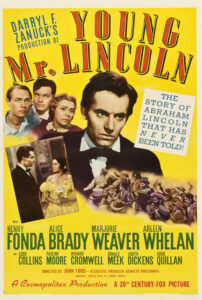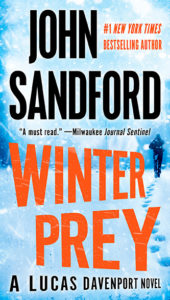by James Scott Bell
@jamesscottbell
On September 25, 1919, a white woman named Agnes Loebeck told police she’d been assaulted by a black man on the streets of Omaha, Nebraska. The next day the cops nabbed a suspect—a 41-year-old packinghouse worker named Will Brown. They took him to the Loebeck home where Agnes ID’d him.
News of the assault spread rapidly. The Loebeck house was soon surrounded by a mob crying for a lynching. Police reinforcements had to be called in. They were finally able to get Will Brown to the jail at the courthouse.
The howls for blood grew louder. A contingent of almost fifty police officers was dispatched to guard the jail.
On Sunday, September 28, a mob started a march to the courthouse. By the time they got there it had grown to an estimated size of 15,000. Looters hit the stores of downtown Omaha, stealing guns and ammo.
Some of the rabble started firing at the courthouse. The cops returned the gunfire. A 16-year-old mob ringleader and a 34-year-old businessman were killed.
Around 8:30 p.m. the crowd set fire to the courthouse. When firemen arrived the mob prevented them from dousing the flames.
Inside the jail Will Brown cried out to the sheriff, “I am innocent! I never did it! My God, I’m innocent!”
The mayor of Omaha, a man named Smith, tried to reason with the mob. Somebody whacked him on the back of the head. He came to with a rope around his neck. Somehow somebody rescued him, though Smith ended up in the hospital.
Then around 11 p.m., with the people inside the courthouse forced out, the ravenous pack got their hands on Will Brown.
They beat him until he was bloody and unconscious, stripped off his clothes, and put a rope around his neck. Will Brown was hoisted into the air from a lamppost and, with his body spinning, the mob used it for target practice.
They tied Brown’s body to a car and dragged it through the streets. In the middle of a prominent intersection they doused Brown’s body with fuel taken from lanterns and set it on fire.
When the fire went out they dragged the remains once more around the streets of Omaha so the crowd could have a look.
Bits of the rope used to hang Will Brown were sold for 10¢ each.
There was a fourteen-year-old boy who witnessed the killing. His father owned a printing plant across the street from the courthouse. They both happened to be there that night.
Later in life that boy, the actor Henry Fonda, would reflect that it was “the most horrendous sight I’ve ever seen.” That’s why Fonda, when he became a movie star, fought hard to make the film version of The Ox-Bow Incident, about mob madness and the lynching of three innocent men.
 And why Fonda brought such empathy to a scene from John Ford’s classic Young Mr. Lincoln. It’s my Fourth of July movie recommendation. The film is loosely based on a real murder defense successfully conducted by Lincoln, in what has come to be known as the “Almanac Case.” I say no more, as I want you to get the full enjoyment of the movie.
And why Fonda brought such empathy to a scene from John Ford’s classic Young Mr. Lincoln. It’s my Fourth of July movie recommendation. The film is loosely based on a real murder defense successfully conducted by Lincoln, in what has come to be known as the “Almanac Case.” I say no more, as I want you to get the full enjoyment of the movie.
Here’s the setup. After a prologue covering a bit of Lincoln’s life in New Salem, Illinois, we move to Springfield in 1837 where Lincoln hangs his shingle. At the Independence Day celebration a local man is found stabbed to death. Two sons of a widow are accused and hauled off to jail.
Immediately a lynch mob forms. Lincoln, observing it all, tells the widow he’s now her lawyer. He gets to the jail and faces down the mob. The rest of the film is the famous trial.
It’s one of Fonda’s iconic performances, perfectly nuanced. I must also mention the supporting performance of Alice Brady as the mother of the accused. Brady was an outstanding actress who could bounce between screwball comedy (My Man Godfrey, for which she was nominated as Best Supporting Actress) drama, and musicals. She won a gold statuette for her supporting performance in In Old Chicago. Tragically, Young Mr. Lincoln was her last film, as she died of cancer at the age of 46.
The movie is magnificent hagiography, in the inimitable John Ford style. And what is the purpose of hagiography? To put it in Lincoln’s own words, it is to inspire in us “the better angels of our nature.” In that spirit, let me leave you with a short clip from the movie. Lincoln addresses the mob—and us:
May you have a happy and reflective Fourth of July.
* Source material for this post may be found here and here

